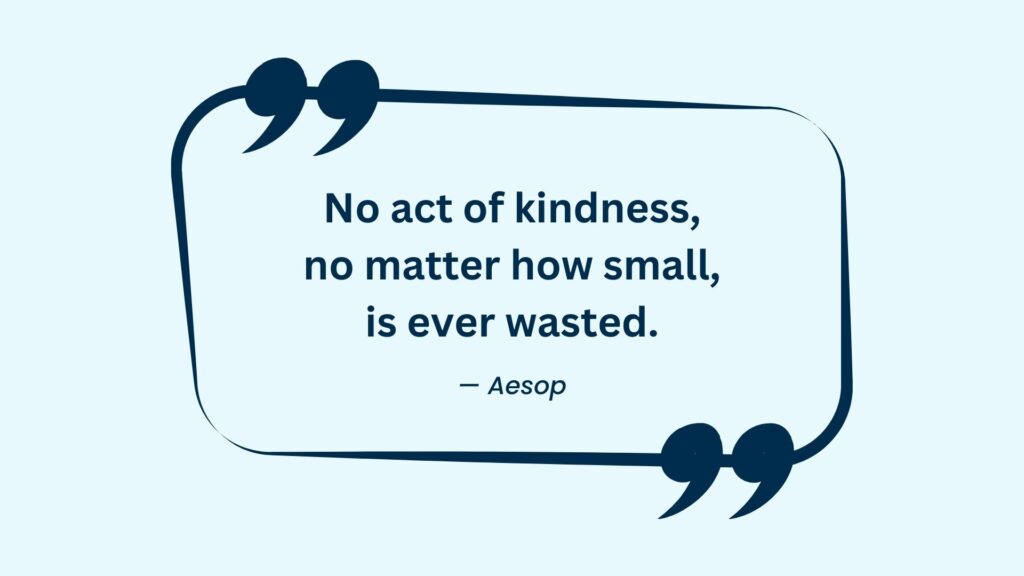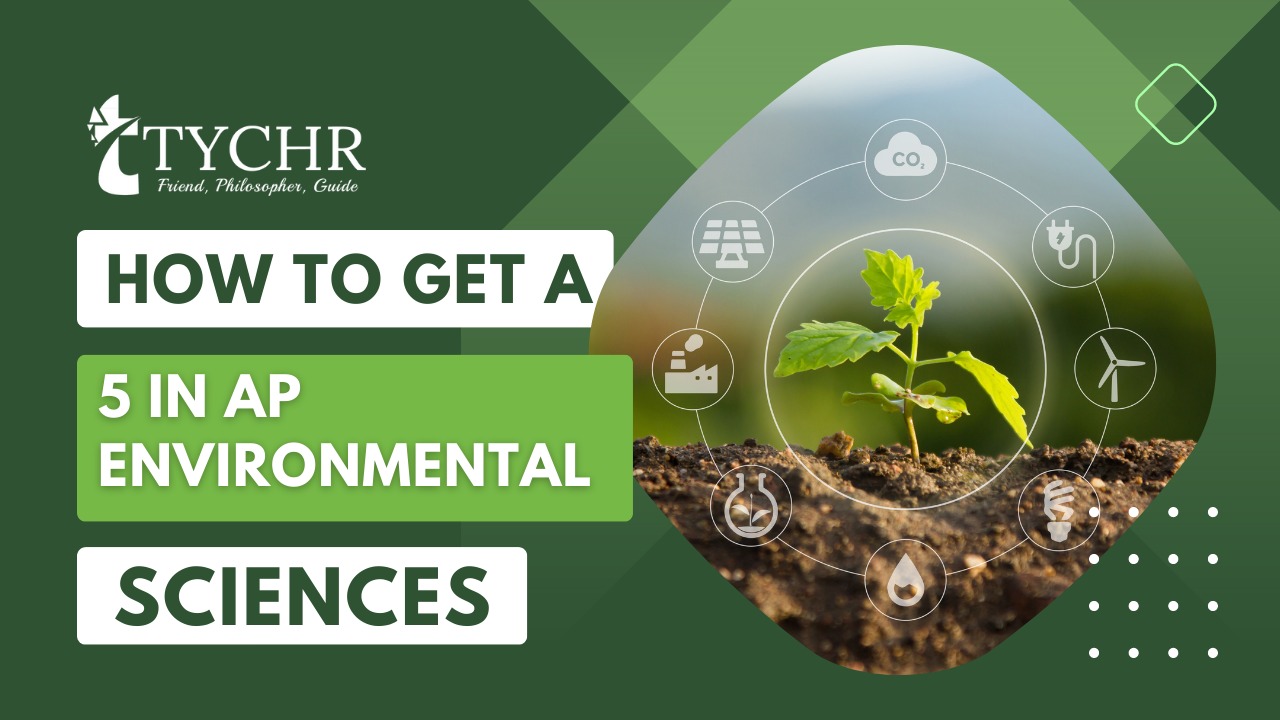Table of Contents
Preparing for Advanced Placement (AP) exams can be a challenging task, but with the right set of strategies, anyone can aim for a top score. In particular, achieving a 5 in the AP Environmental Science exam can be highly rewarding, given the ever-increasing importance of environmental awareness and sustainability. This exam covers a wide range of topics, from biodiversity and ecology to environmental policy and management. In this blog post, we will guide you through the essential steps to earn a 5 in AP Environmental Science and excel in this key discipline.
Understanding the AP Environmental Science Exam
Before setting out to prepare for the AP Environmental Science exam, it is crucial to understand what it entails. The exam consists of two sections – multiple-choice questions and free-response questions. The multiple-choice section contains 80 questions and accounts for 60% of the total score. The free-response section is divided into three parts and consists of four questions. It accounts for the remaining 40% of the score.
The first part of the free-response section comprises one data-set question, whereas the second part comprises two synthesis and evaluation questions. The final part consists of one argumentative essay question. The exam is 3 hours long, and each section is timed separately.
The questions in the exam cover various topics, including:
- Earth Science Concepts
- Earth’s Systems and Resources
- The Living World
- Population
- Land and Water Use
- Energy Resources and Consumption
- Pollution
- Global Change
It is essential to familiarize yourself with the content of the exam and focus on the areas where you need to improve. A thorough understanding of the topics covered in the exam will enable you to approach the questions with confidence and accuracy.
Mastering Key Concepts for AP Environmental Science
AP Environmental Science is a content-rich course that demands a strong grasp of key concepts to achieve success on the exam. Here are some tips to help you master key concepts:
Earth Science Concepts
- Geological time scale: A system of chronological measurement that divides the Earth’s history into distinct periods.
- Plate tectonics: The theory that Earth’s lithosphere is divided into several plates that move and interact with each other.
- Weathering: The process by which rocks and minerals are broken down into smaller pieces through physical, chemical, or biological means.
- Erosion: The transportation of weathered materials by wind, water, or ice.
Earth’s Systems and Resources
- Hydrosphere: The combined mass of water found on, under, and above the surface of the Earth.
- Geosphere: The solid Earth, including the rocks, minerals, and landforms.
- Biosphere: The zone of Earth where life exists, including all living organisms and their interactions with the environment.
- Natural resources: Materials or substances that occur naturally and are used by humans, such as water, minerals, and forests.
The Living World
- Ecosystem: A community of organisms interacting with their physical environment.
- Biodiversity: The variety of living organisms in an ecosystem, including the genetic, species, and ecosystem diversity.
- Ecological relationships: The interactions between different organisms in an ecosystem, such as predation, competition, and mutualism.
- Ecological succession: The process of change in the species composition of a community over time.
- Demographic transition: The shift from high birth and death rates to low birth and death rates as a country undergoes economic and social development.
- Carrying capacity: The maximum number of individuals that an environment can sustainably support.
- Population density: The number of individuals per unit area or volume.
- Immigration: The movement of individuals into a population.
Land and Water Use
- Sustainable agriculture: Farming practices that aim to meet present needs without compromising the ability of future generations to meet their needs.
- Deforestation: The clearing of forests or trees from a land area.
- Urban sprawl: The unplanned and uncontrolled expansion of urban areas into surrounding rural lands.
- Water pollution: Contamination of water bodies, such as rivers, lakes, and oceans, with harmful substances.
- Energy Resources and Consumption:
- Fossil fuels: Non-renewable energy resources formed from the remains of ancient plants and animals, such as coal, oil, and natural gas.
- Renewable energy sources: Energy sources that are naturally replenished, such as solar, wind, hydro, and geothermal energy.
- Energy efficiency: The ratio of useful energy output to the energy input in a system or process.
- Greenhouse effect: The process by which certain gases in the Earth’s atmosphere trap heat, leading to a warming of the planet.
- Air pollution: The presence of harmful substances in the Earth’s atmosphere, such as pollutants emitted from vehicles, industry, or natural sources.
- Water pollution: Contamination of water bodies, such as rivers, lakes, and groundwater, with harmful substances or pathogens.
- Soil pollution: The addition of harmful substances to the soil, such as chemicals from industrial activities or improper waste disposal.
- Hazardous waste management: The proper handling, treatment, and disposal of waste materials that pose a threat to human health or the environment.
Global Change
- Climate change: Long-term alterations in temperature and weather patterns, often attributed to human activities, particularly the emission of greenhouse gases.
- Ozone layer depletion: The thinning of the ozone layer in the Earth’s stratosphere due to the release of ozone-depleting substances, such as chlorofluorocarbons (CFCs).
- Sustainable development: Development that meets the needs of the present without compromising the ability of future generations to meet their own needs.
Some common tips for you
- Focus on the framework – AP Environmental Science is based on four fundamental concepts: Earth Systems and Resources, Living World, Population, and Land and Water Use. Keep these concepts at the forefront of your study plan.
- Connect the concepts – Environmental issues are often interconnected and complex. To succeed in the exam, you must understand the links between key concepts and how they relate to environmental challenges.
- Memorize important terms – Part of mastering key concepts involves memorizing key terms and definitions. For instance, it is essential to know the meaning of terms such as food chains, ecosystem, and biogeochemical cycle.
- Practice applying the concepts – AP Environmental Science is not just about memorizing facts. You must also demonstrate your ability to apply the concepts to different situations. Practice using case studies and scenarios to test your knowledge and application of the concepts.
- Utilize visual aids – Visual aids like flowcharts, diagrams, and maps can help you understand the relationships between different concepts and how to apply them.
Test-Taking Strategies for AP Environmental Science
Achieving a 5 in AP Environmental Science requires not only mastering key concepts but also using effective test-taking strategies. Here are five strategies to help you succeed on the AP Environmental Science exam:
- Read the entire question – AP Environmental Science exam questions can be complex and require careful reading. Make sure to read the entire question and all answer choices before selecting your answer.
- Use the process of elimination – If you don’t know the answer to a question, use the process of elimination. Cross out any obviously incorrect answer choices and focus on the remaining options.
- Don’t waste time on difficult questions – If you encounter a difficult question, don’t spend too much time on it. Move on to easier questions and come back to the difficult one later.
- Show your work – For calculation-based questions, make sure to show your work. Even if you make a mistake, you can still earn partial credit for showing your thought process.
- Budget your time – The AP Environmental Science exam includes multiple-choice questions and free-response questions. Make sure to budget your time appropriately to ensure you have enough time to complete all sections.

Textbooks and Study Guides
- “Environmental Science for AP” by Andrew Friedland and Rick Relyea: This textbook is specifically designed for AP Environmental Science and covers all the major topics in-depth. It includes practice questions and case studies to reinforce learning.
- “Barron’s AP Environmental Science” by Gary Thorpe: This comprehensive study guide offers a condensed review of the course content, key concepts, and practice questions with detailed explanations.
- “Cracking the AP Environmental Science Exam” by The Princeton Review: This study guide provides strategies for test-taking, content review, and practice tests with answer explanations.
Online Resources
- Khan Academy: Khan Academy offers a collection of video lessons and practice exercises specifically tailored to AP Environmental Science. It covers various topics and provides a self-paced learning experience.
- Quizlet: Quizlet is an online platform that allows you to create or access flashcards and quizzes on AP Environmental Science topics. Many users have shared their flashcard sets and practice quizzes for review.
- Bozeman Science: Bozeman Science is a YouTube channel created by Paul Andersen, a renowned science educator. It offers a series of AP Environmental Science videos that cover various topics with clear explanations and visual aids.
Getting a 5 in AP Environmental Science is no easy task, but with the right strategies and mindset, it can be achieved. Setting achievable goals, staying organized, finding inspiration, varying study resources, and taking breaks are all essential elements to staying motivated and on track. Additionally, it is important to recognize the difference between editing and proofreading in the writing process and to utilize both functions to improve the quality of your writing. As we look into the future of machine learning, AutoML is expected to revolutionize the process of developing and deploying models, making machine learning more accessible and easier to use than ever before. By staying up to date with the latest advancements in technology and techniques, we can continue to improve our skills and achieve our goals, both academically and professionally.








